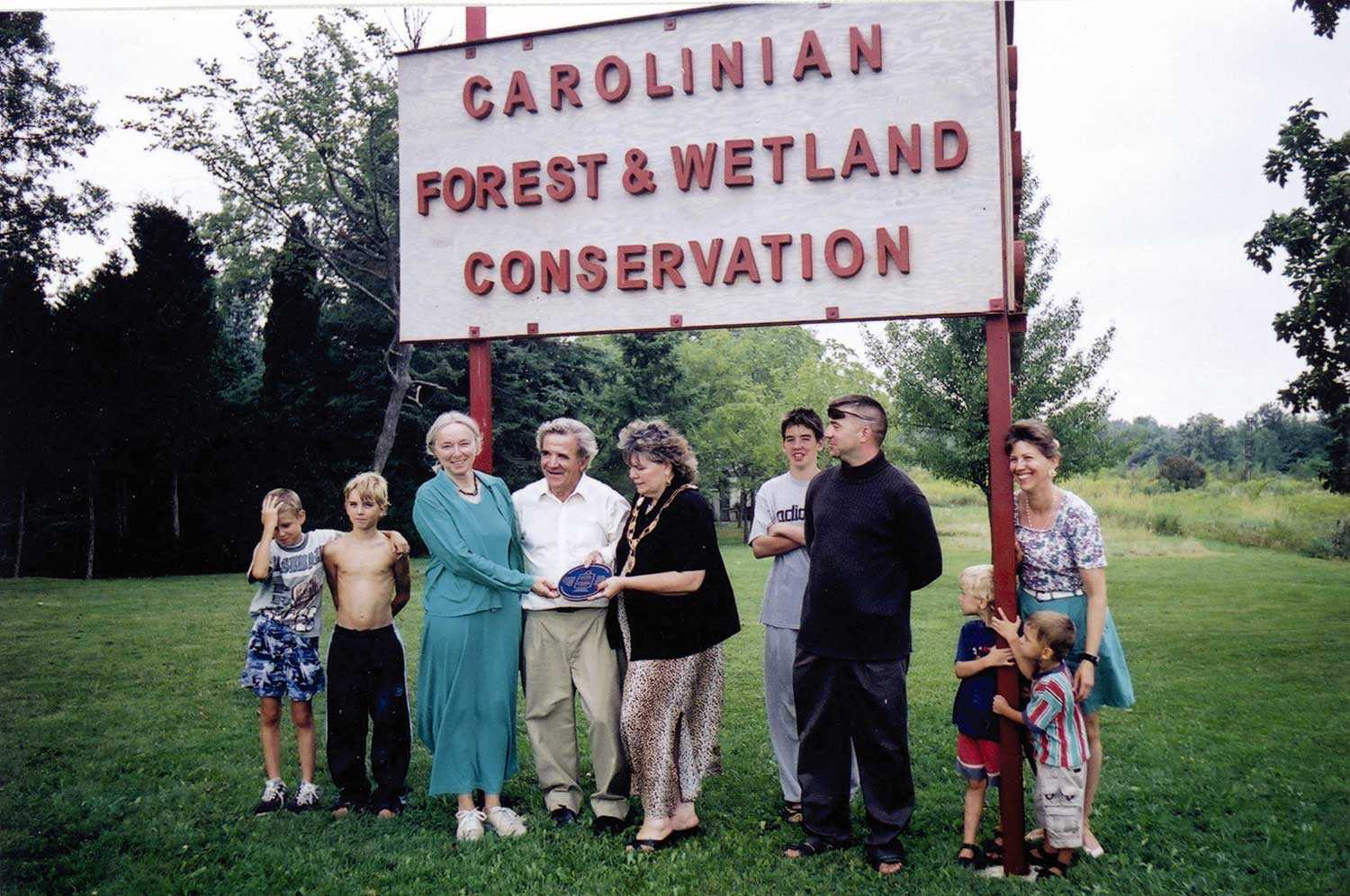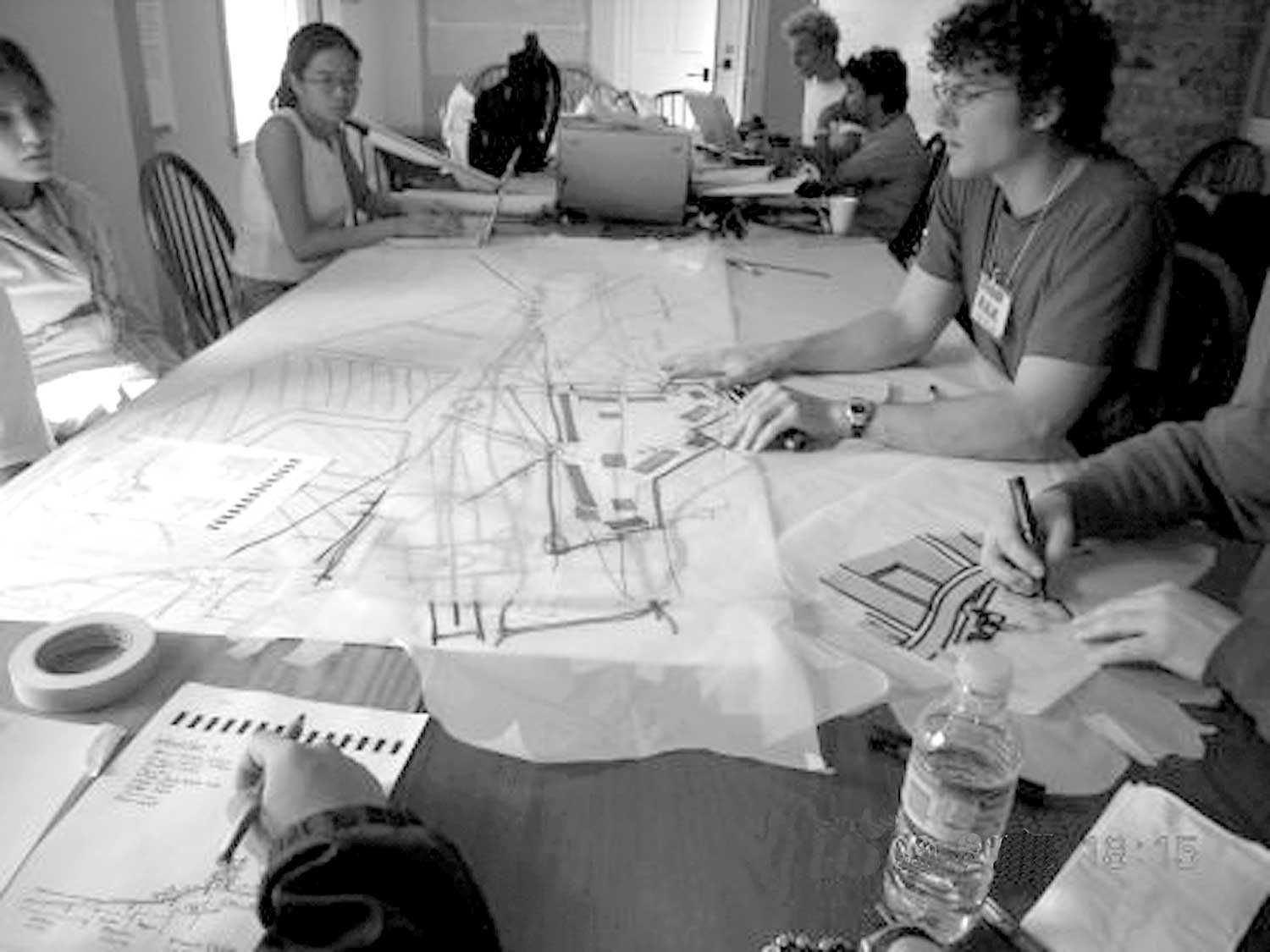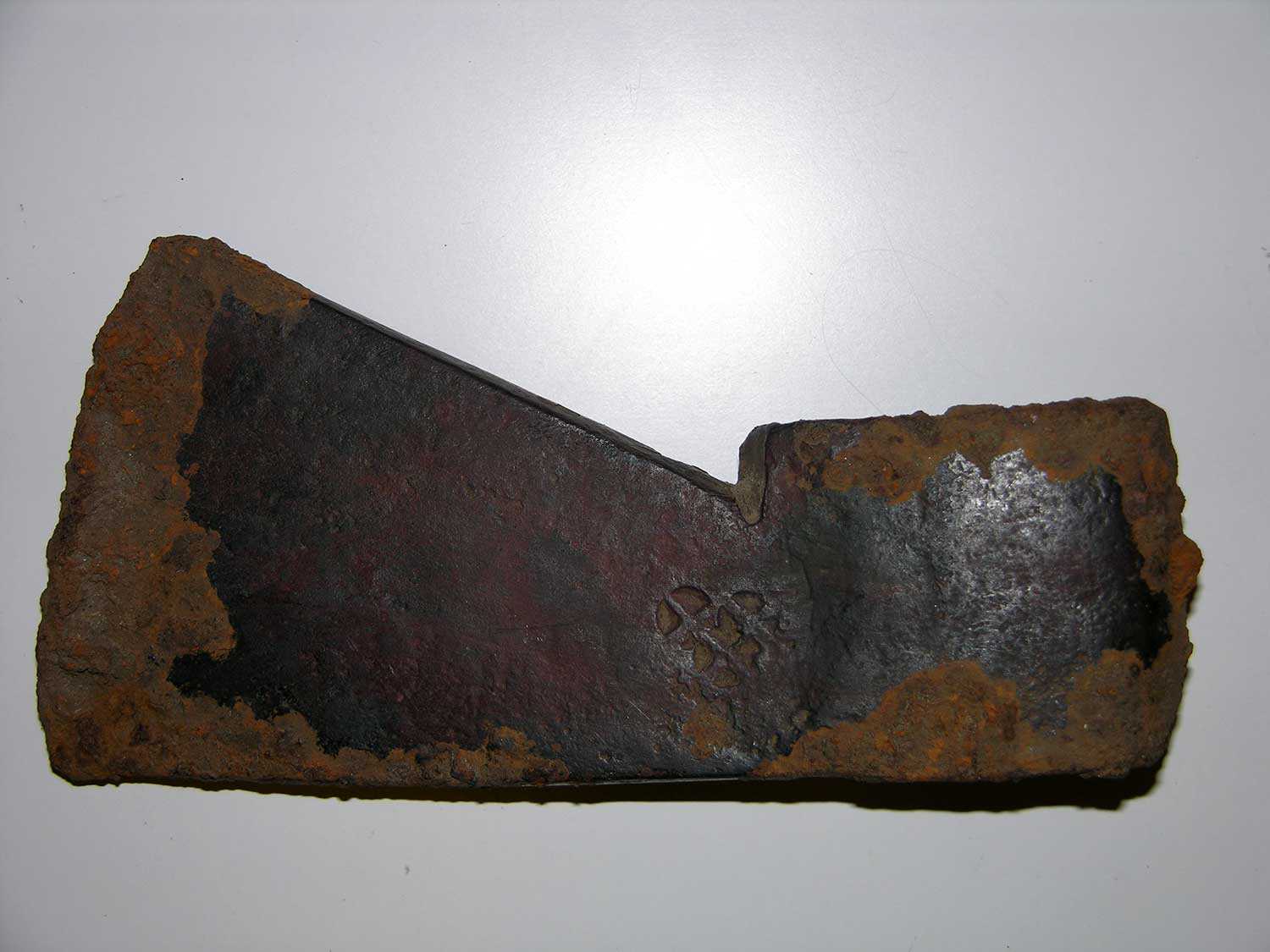

Browse by category
- Adaptive reuse
- Archaeology
- Arts and creativity
- Black heritage
- Buildings and architecture
- Communication
- Community
- Cultural landscapes
- Cultural objects
- Design
- Economics of heritage
- Environment
- Expanding the narrative
- Food
- Francophone heritage
- Indigenous heritage
- Intangible heritage
- Medical heritage
- Military heritage
- MyOntario
- Natural heritage
- Sport heritage
- Tools for conservation
- Women's heritage
Oil Springs Heritage District: Working from the ground up


"In tracing the roots of the world’s petroleum industry, one is inevitably led to Oil Springs, Canada West, in 1858."
Dr. Emory Kemp, Professor Emeritus, Institute for the History of Technology and Industrial Archaeology at West Virginia University
In the mid-19th century, southwestern Ontario was Canada West’s last frontier, where lines of travel, civility and comfort faced the untamed. From these impassable wetlands would emerge an energy source that defines the modern era.
Consumers at the time clamoured for an affordable, safe and bright-burning fuel. Existing lamp fuels produced carbon threads, foul smells, yellow light or were prohibitively expensive for most North Americans. Indeed, many people continued to burn labour-intensive tallow candles. Laboratories had produced kerosene from oil shale, but in limited quantities – and at huge expense. The production of kerosene in commercial quantities still awaited the discovery of a resource stock that was cheap and abundant.
When the Geological Survey of Canada crew explored the newly established County of Lambton in 1849, they mapped several bitumen beds of hardened petroleum. Without any known application for the material, two fortune-seekers snapped up 566 hectares (1,400 acres) of land in the remote Enniskillen Township. Mineral prospectors Charles and Henry Tripp from Woodstock had become the world’s first petroleum land speculators. The honour of being credited as the “Father of the Petroleum Industry” would ultimately fall to James Miller Williams, who established North America’s first commercial oil well and Canada’s first refinery in 1858, setting off a sequence of events that established the world’s petroleum industry.
The remarkable legacy of the world’s first oil field was recognized by the Historic Sites and Monuments Board of Canada as a National Historic Site in 1925, and a bronze marker was erected there in 1938. In 2005, the same body confirmed the Oil Museum of Canada and the privately owned Fairbank Oil Properties as a single National Historic Site.
Dr. Emory Kemp of the Institute for the History of Technology and Industrial Archaeology was introduced to the site in the 1990s and spent several summers conducting archaeological mapping. The Fairbank Oil Property was a treasure trove for Kemp, who enthused that for him it “was equivalent to a paleontologist discovering a living dinosaur!” The results of his fieldwork, which were deposited in the Library of Congress and Library and Archives Canada, was the first Historic American Engineering Record ever undertaken in Canada.
Field wheels (shown here) and jerker lines operate on the Fairbank Oil Properties today, much as they did in the 1860s.
Encouraged by growing public and private support, a steering committee that included the County of Lambton, oil producers and several local municipalities and their Heritage Advisory Committees was formed in 2009 to conduct a full inventory and asset mapping, and to prepare a Resource Management Plan. The effort was municipally driven and community led, but facilitated by MBHC Planning/Wendy Shearer Landscape Architect.
The assets themselves were scattered across several municipalities in central Lambton. The then-Ministry of Tourism and Culture – a guiding partner throughout the process – encouraged the local municipalities to delegate their responsibility under the Ontario Heritage Act to the County of Lambton, an upper-tier municipality and owner of the Oil Museum of Canada. This collaborative approach to establishing a heritage conservation district (HCD) was necessary to address the hundreds of historical oil assets spread across several municipalities.
The resulting study cited the rarity of the “continuing heritage landscape” of the oil fields – which still produces oil using technology invented on the Fairbank property 150 years ago. This is Ontario’s first and only designation of an HCD based on a working industrial landscape.
The final Lambton Oil Heritage Conservation District Study and Plan was recognized in 2010 for its innovative solutions to scope and responsibility, receiving awards from the Architectural Conservancy of Ontario and the Canadian Association of Heritage Professionals.
After completing the HCD study and plan, the County of Lambton and MBHC Planning produced a Commemorative Integrity Statement to highlight the key assets and “universal human value” of the district. It is the intention of the district’s partners and stakeholders to seek UNESCO World Heritage Designation in recognition of the area’s contributions to the history of the world’s oil industry.
It is gratifying to see that the industrial birthplace that emerged from the forested swamps of southwestern Ontario has received local, provincial and federal recognition. Maybe, in the near future, it will achieve international acclaim. [Photos: Oil Museum of Canada]
“To visit Oil Springs is to make a pilgrimage to the place where the petroleum age began.” (Charlie Fairbank, Order of Canada, 4th-generation oil producer and resident of Oil Springs)






















![J.E. Sampson. Archives of Ontario War Poster Collection [between 1914 and 1918]. (Archives of Ontario, C 233-2-1-0-296).](https://questions-de-patrimoine.ca/uploads/Articles/Victory-Bonds-cover-image-AO-web.jpg)



















































































